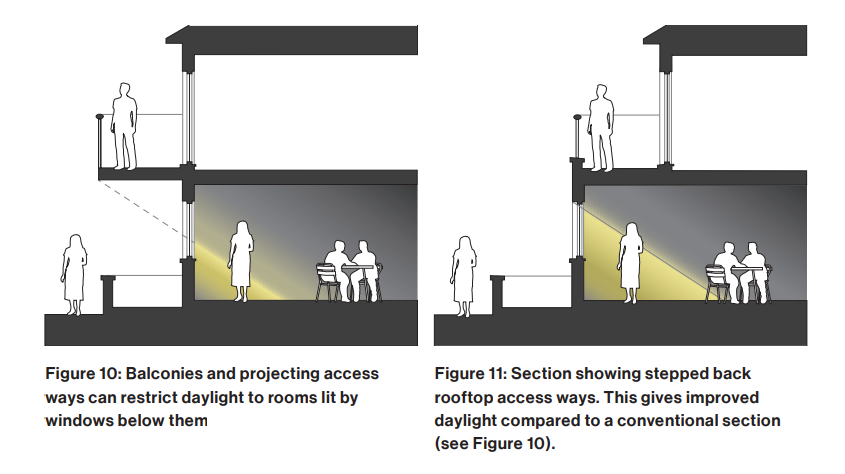In the world of property development, grasping the subtleties of light rights can profoundly influence project outcomes. https://notes.io/wGKpt for Right to Light is an integral process that assesses how much natural light reaches a property and assists developers move through the intricate legal landscape surrounding light rights. With the surge in urban development and increased competition for space, ensuring that your project respects the rights of current structures has never been as crucial.
The following article will guide you through the detailed process of executing a Right to Light survey, highlighting its significance in avoiding potential disputes and guaranteeing compliance with regulatory standards. From learning about your legal rights to examining the tools and techniques used in these surveys, we will explore the fundamental aspects that every developer should know. Whether you are embarking on an extension or a new build, being informed about Right to Light can safeguard your project and encourage good relationships with neighboring properties.
What Is a Right to Illumination Survey?
A Right to Light Survey is an evaluation conducted to assess the access and amount of daylight that adjacent properties receive. It is an essential process, particularly in city areas where upcoming developments may obstruct light to current buildings. The survey analyzes how proposed constructions may impact sunlight to neighboring properties, helping to advise both developers and property owners about potential legal rights and implications.
During the survey, various factors are examined, including the orientation of the buildings, closeness to adjacent structures, and existing light conditions. This entails measuring angles and spacings to find out how much light gets to each property. The outcomes from the survey play a vital role in decision-making processes for planning, ensuring that any new construction adheres with entitlements to light set under UK law.
In summary, a Right to Light Survey serves as a preventive measure to spot likely issues before they arise in the construction process. By understanding light rights and how they may be affected, participants can handle the challenges of property development while lessening the chance of arguments with neighbors over light access.
Comprehending The Legal Entitlement to Illumination
The judicial right to light is an important aspect of property ownership and development in the UK. This right usually allows a property owner to obtain natural light through designated apertures, such as fenestrations, without obstruction from nearby buildings or structures. The law comes into play primarily under the Prescription Act 1832, which establishes that if a property has enjoyed light for an unbroken period of 20 years, the owner can request a lawful right to keep receiving that light.
Comprehending this right is essential for both developers and property owners. For builders, it is vital to consider existing rights to light when planning new developments. Ignoring these rights can lead to disputes and costly delays. Property owners, on the other hand, may seek to protect their light rights from neighboring developments that attempt to obstruct or considerably reduce the light they currently enjoy. Clarity on these rights can help manage the often complex landscape of planning regulations.
In addition to statutory rights, legal agreements may also influence light rights in certain developments. Property transactions can include clauses related to rights to light, which may provide extra protections or obligations. Therefore, it is recommended for all parties involved in property development or acquisition to thoroughly understand both their legal rights and any agreement-based commitments to ensure compliance and defend their interests efficiently.
The Method of a Right to Light Survey Being Conducted
Carrying Out a Right to Light survey involves a structured approach to evaluate the possible impact of a suggested construction on the light available to neighboring properties. At the outset, surveyors collect necessary information about the site, which includes current structures, their altitudes, and locations in relation to the neighboring properties. Right To Light Addington includes reviewing planning documents and relevant historical data that might influence light access. Grasping the context of the location is vital, especially in urban areas where buildings are tightly packed.
After the initial data is collected, surveyors make use of specialized tools and techniques to examine light availability. This generally involves the use of software that follows the BRE (BRE) guidelines, which provide a basis for evaluating whether a proposed development will considerably reduce light levels to affected properties. Surveyors may also employ 3D modeling to accurately simulate light conditions and illustrate the likely impacts of the new developments. The findings are carefully documented to ensure transparency and accuracy.
Finally, surveyors create a thorough report outlining their findings and recommendations. This report details any potential right to light infringements, offering insights into how they could be mitigated. It serves as an essential resource not only for developers thinking about new projects but also for neighbors anxious about their light rights. More Info of the report ensures that all parties participating have a clear understanding of the implications and can arrive at informed decisions moving forward.

